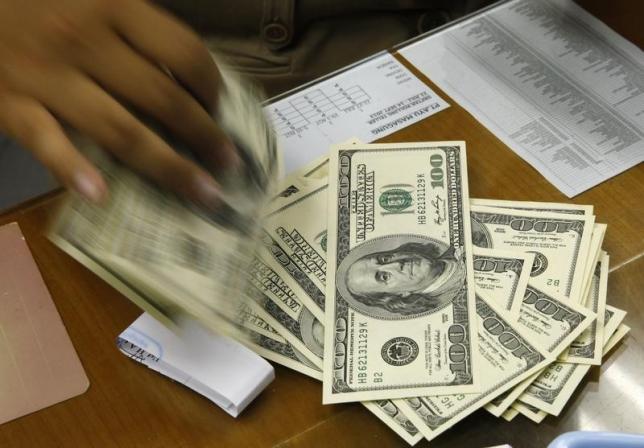Money can trigger strong emotional reactions, which can lead to not-so-great decisions, like missing payments or overspending. A new wave of books urges people to explore their emotional connections to money in order to make better financial decisions.

Eighty-five or 90% of our money decisions are based on our emotions, says Bari Tessler , a financial therapist in Boulder, Colorado, and author of The Art of Money Workbook, out this month. We need to be understanding of what our money emotions are so we can not just feel overwhelmed or try to run away.
Tessler had that experience several years ago, when she felt herself hyperventilating while at a car dealership with her husband. She excused herself to the restroom, where she questioned why she was feeling so anxious. Tessler realized that she strongly dislikes making quick decisions about money. So she and her husband took more time to discuss the purchase.
As a result, she says, we made the best decision we could.
CONSIDER YOUR OWN MONEY STORY
When Los Angeles-based author and producer Rebecca Walker started soliciting stories for her essay collection Women Talk Money: Breaking the Taboo, she discovered that many people felt shame for having money, guilt over having more than their parents, and regret over earlier financial decisions.
So many women in my life were holding painful stories about money — confusing, troubling experiences with money, she says. So many of us were trying to work all this out on our own, and that was keeping us from getting support.
Walker encourages readers to explore their own money stories — those experiences, often in childhood, that influenced how they think about money. I want them to find at least one story that they’re holding onto about money, one memory or fundamental idea that has been shaping their lives about abundance or scarcity, and go from there. How do you want to change that story now?
Changing that story could result in concrete shifts in spending. For example, if you grew up watching your parents overspend without saving, then you might have to teach yourself how to save with a tool like the 50/30/20 budget. It suggests putting 50% of your take-home income to needs, 30% to wants and 20% to debt payments and savings.
REFLECT ON RECENT MONEY EXPERIENCES, TOO
In her book, Tessler encourages readers to think about their last three money interactions. When you were checking out at the grocery store or exchanging money for goods or services in some other way, what emotions popped up? she asks.
Shame, anger, fear, guilt, joy, sadness and happiness are common reactions. Maybe it’s reminding you of a past money mistake you made. Let’s bring some awareness and understanding to it, she says.
CONDUCT A BODY CHECK-IN
Giving yourself a body check-in, as Tessler did at the car dealership, is something Tessler encourages, especially when talking about money with a partner or making big purchases. Focus on physical sensations, including your breathing, and observe feelings or memories that are surfacing.
If you notice you’re feeling tense, for example, then you can take a break or go outside before continuing. Money emotions don’t go away completely, but we can reduce them in size and intensity, she says.
FIND YOUR OWN CALMING TECHNIQUES
In her book, Finance for the People, Los Angeles-based financial educator and musician Paco de Leon suggests creating a list of strategies that help you calm down and using them before making a big financial decision, like buying a house. She lists ideas like going for a walk, reading a book and playing an instrument.





